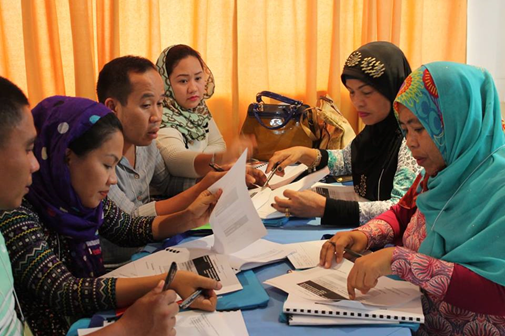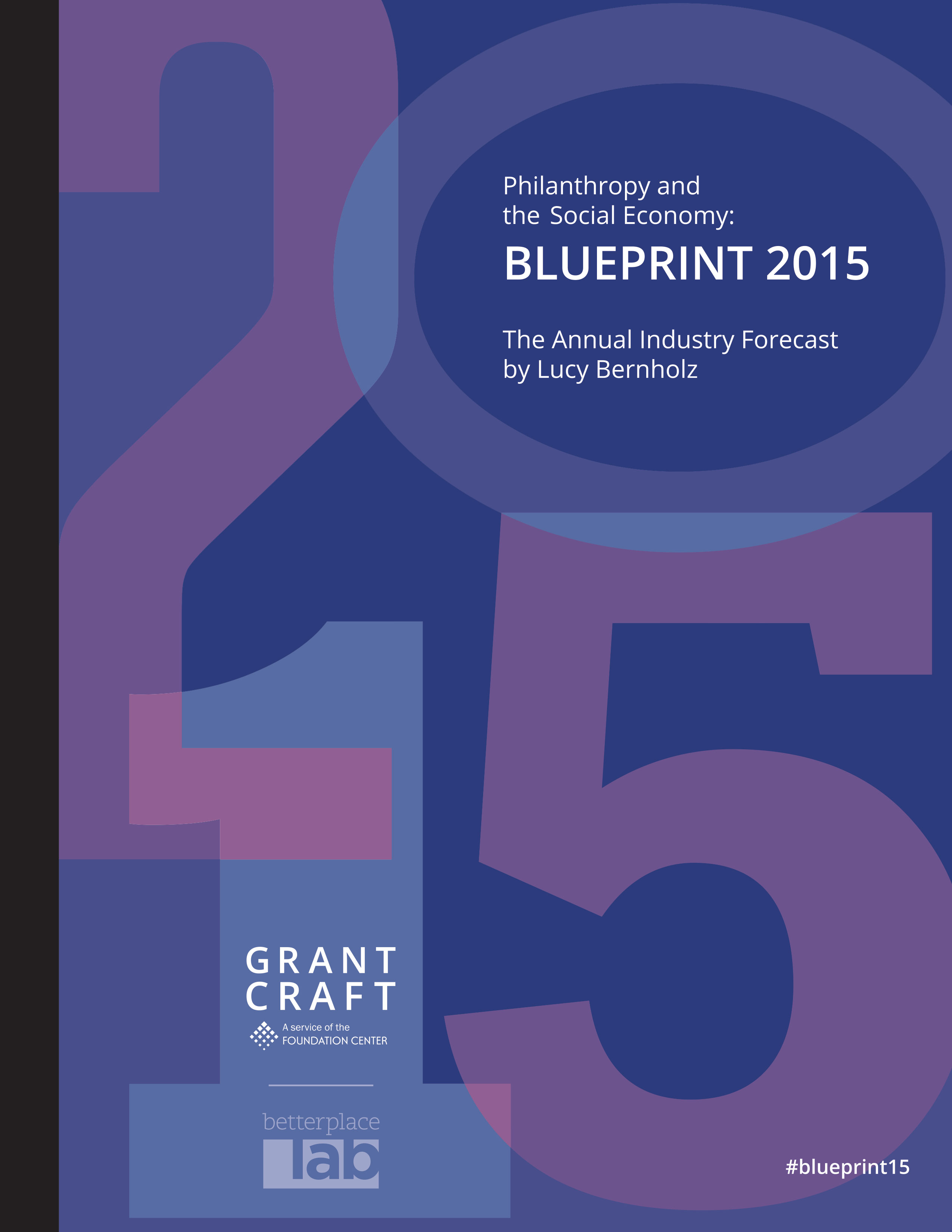The Power of an Effective Exit: Ford Foundation’s Exit from the Philippines
When I was working for the Ford Foundation as a representative in the Philippines in the late 1990s, the foundation expanded its programming, giving us the opportunity to work on addressing the failing public education system. After just three years, Ford was supporting 27 local education reform programs throughout the country. These programs collaborated with mayors, school boards, teachers’ unions, and parent groups to improve public schools. In a short period, grantees began to see significant increases in students’ test scores, decreased dropout rates, and strong community involvement in project planning and management. We were really onto something.
But, the program was thrown for a loop when Ford decided to close its Philippines office following a decline in value of the foundation’s endowment. Rather than panicking, our program officer made a bold proposal to bring together Ford’s education grantees into a nonprofit organization called Synergeia (Greek for a union whose whole is greater than the sum of its parts). It was designed to serve as a centralized vehicle for coordinating reform programs in basic education and scaling the successful ones nationally.
Fortunately, the new head of Ford’s Manila office was highly supportive of this work and ensured strong financial footing for supporting Synergeia even as the foundation exited the Philippines. Ford made a one-time grant for nearly $2 million USD, half of which was used to establish an endowment that would enable the organization to thrive long after its initial funding was exhausted. The grant provided core support for an office and staff to coordinate activities among the 27 reform programs across the country. It also helped build the organization’s capacity to manage and raise funds. In addition, the grant funded training for program teams in practical skills such as documentation, resource generation, and advocacy.
 Since Ford typically endowed organizations that were more well-established, it was unusual and risky to provide an endowment to a brand new organization with no institutional track record. However, Ford Foundation’s leadership recognized Synergeia’s potential - and momentum - for significant impact on a critical problem in the Philippines. This was an opportunity for Ford to leave an enduring legacy in a country where it had invested millions of dollars over more than 50 years.
Since Ford typically endowed organizations that were more well-established, it was unusual and risky to provide an endowment to a brand new organization with no institutional track record. However, Ford Foundation’s leadership recognized Synergeia’s potential - and momentum - for significant impact on a critical problem in the Philippines. This was an opportunity for Ford to leave an enduring legacy in a country where it had invested millions of dollars over more than 50 years.
In the 15 years since the grant to establish Synergeia was made, the organization has become a catalyst for reform of basic education, setting national standards for ways to improve the performance of students, teachers, and local school boards. The Ford program officer also enlisted some of the country’s most influential business leaders, governors, and university presidents to create a board that has guided the organization and given it legitimacy and prestige. This board helped attract support from corporations and local businesses for in-kind provision of school supplies, transportation, and other needs in impoverished school districts.
Within only a few years of its founding, Synergeia had attracted additional funding from international development agencies. Today, it has been instrumental in improving basic education for at least 4 million schoolchildren in more than 500 municipalities in the Philippines. In one area, illiteracy rates among second graders have been cut from 85% to 15%. In Synergeia’s sites nationwide, dropout rates have been cut by 45%. We couldn’t have known this would happen 20 years ago, but it’s an incredible statistic that serves as a reminder that change takes time and requires investment so that it can keep happening once you move on. Synergeia is one example of how a well-planned exit can ensure the continuation of work beyond the involvement of the funder for a project of any size. In this case, a tie-off grant provided funds for core support, training in crucial areas, and establishment of an endowment to maintain momentum for a successful initiative.
The Working Group on Philanthropy for Social Justice and Peace and GrantCraft, a service of Foundation Center, are releasing a series of 11 blog posts authored by grantmakers around the world. The posts are derived from the recently published Effective Philanthropy: Another Take, a collection of stories describing a philanthropic intervention against some form of injustice (socioeconomic and/or political) at a local, national or global scale. Each story addresses key questions grantmakers wrestle with in order to effect systemic social change, and the blog posts in this series highlight certain details that feed into the bigger story. Through this series, the partners hope to raise awareness of some of the most effective examples from philanthropy in tackling injustice and achieving lasting structural change. By sharing knowledge in philanthropy and being willing to learn from one another’s experiences and perspectives, we can improve our practice together.
This is the eight post in this series, which will roll out over the next three months; it focuses on the impact of supporting strong community leadership to create social change.




